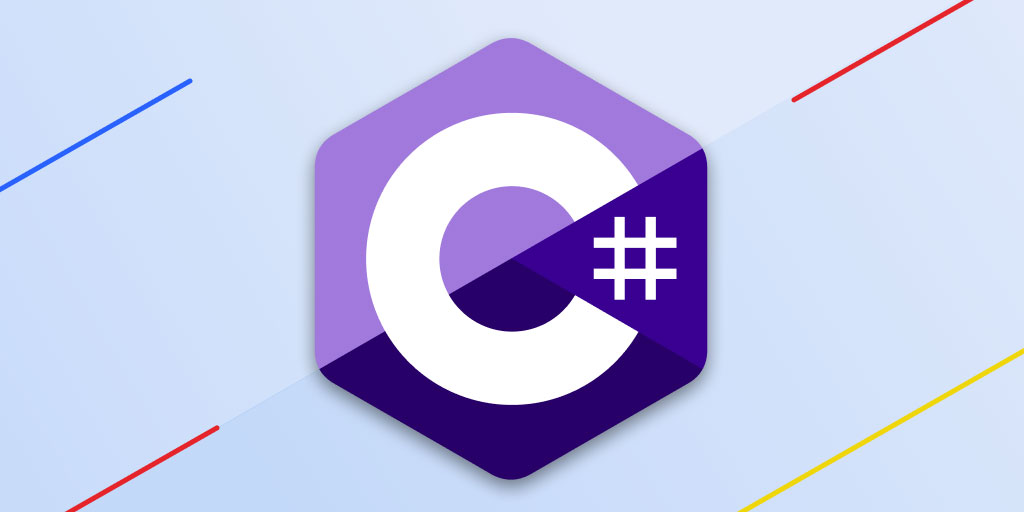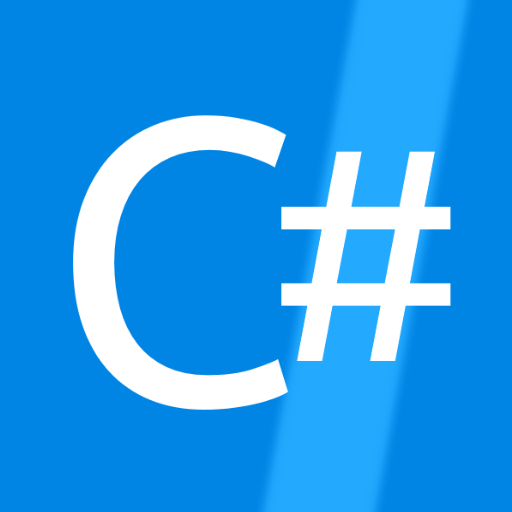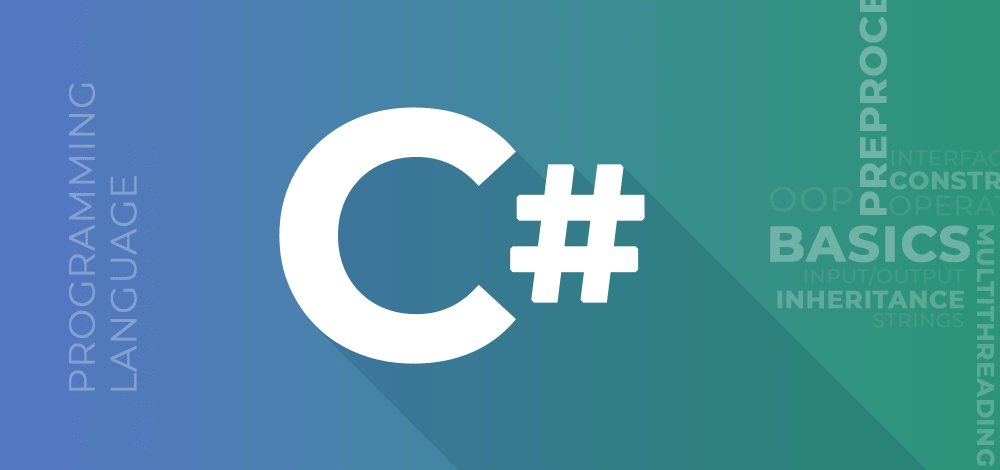Exploring New Language Features in Recent C# Versions
Jul 07, 2025 am 12:28 AMC#'s new features improve code security, simplicity and maintainability. First, the Nullable reference type helps prevent null reference exceptions through compile-time checking, such as using the string? or null-forgiving operator for variables that may be null. Secondly, Records simplifies the creation of immutable models, automatically generates constructors, attributes and equality checks, and supports copy-modification mode. Finally, top-level statements reduce boilerplate code for small projects, allowing direct writing of entry logic without explicit Main methods. These improvements make C# more modern and efficient.

C# has been evolving pretty steadily over the past few versions, and if you've been using it for a while, you might have noticed that some of the newer features can really simplify your code or make it more expressive. Let's go through a few key additions in recent versions—like nullable reference types, records, and top-level statements—that are worth getting familiar with.

Nullable Reference Types Help Prevent Null-Related Bugs
Before C# 8, reference types were always nullable by default, which means you could assign null to them without any warnings. That often led to runtime exceptions if you weren't careful.

Now, with nullable reference types enabled (which they are by default in new projects), the compiler gives you warnings when it thinks you're not handling possible null values ??correctly.
For example:

string name = GetName(); // If GetName can return null, this will trigger a warning
You can fix this by updating the type to be explicitly nullable:
string? name = GetName();
And if you're sure the value won't be null, you can use the null-forgiving operator ( ! ) like so:
string name = GetName()!;
This feature doesn't change runtime behavior—it's all about catching potential issues earlier at compile time.
Records Make Immutable Models Simpler
If you've ever written a class just to hold data—like a DTO or model—you probably wrote a lot of boilerplate: properties, constructors, Equals , GetHashCode , etc. Records , introduced in C# 9, let you cut down on all that.
A basic record looks like this:
public record Person(string FirstName, string LastName);
That one line gives you:
- A constructor that takes both parameters
- Read-only properties
- Properly implemented equality checks
- A nice
ToString()output
You can also make records mutable if needed, but the main point is that they're designed for immutability and value-based equality out of the box.
One thing to note: when you create a new instance using with , it creates a copy:
var person1 = new Person("John", "Doe");
var person2 = person1 with { LastName = "Smith" };This makes working with immutable data much easier and less error-prone.
Top-Level Statements Reduce Boilerplate
Starting with C# 9, you can write programs without needing an explicit Main method. This is especially handy for small tools, scripts, or learning purposes.
Instead of writing:
class Program
{
static void Main()
{
Console.WriteLine("Hello World!");
}
}You can now do this:
Console.WriteLine("Hello World!"); Yes, that's it. The compiler handles the rest behind the scenes. It still generates a Main method, but you don't have to see it unless you need something more complex.
It's great for quick prototypes or simple console apps, but for larger applications, sticking with traditional structure might still be better for clarity and organization.
These features aren't game-changers on their own, but together they make writing and maintaining C# code a bit smoother. Nullable references help avoid common pitfalls, records reduce repetitive code, and top-level statements keep things clean for smaller projects.
Basically that's it.
The above is the detailed content of Exploring New Language Features in Recent C# Versions. For more information, please follow other related articles on the PHP Chinese website!

Hot AI Tools

Undress AI Tool
Undress images for free

Undresser.AI Undress
AI-powered app for creating realistic nude photos

AI Clothes Remover
Online AI tool for removing clothes from photos.

Clothoff.io
AI clothes remover

Video Face Swap
Swap faces in any video effortlessly with our completely free AI face swap tool!

Hot Article

Hot Tools

Notepad++7.3.1
Easy-to-use and free code editor

SublimeText3 Chinese version
Chinese version, very easy to use

Zend Studio 13.0.1
Powerful PHP integrated development environment

Dreamweaver CS6
Visual web development tools

SublimeText3 Mac version
God-level code editing software (SublimeText3)

Hot Topics
 The difference between multithreading and asynchronous c#
Apr 03, 2025 pm 02:57 PM
The difference between multithreading and asynchronous c#
Apr 03, 2025 pm 02:57 PM
The difference between multithreading and asynchronous is that multithreading executes multiple threads at the same time, while asynchronously performs operations without blocking the current thread. Multithreading is used for compute-intensive tasks, while asynchronously is used for user interaction. The advantage of multi-threading is to improve computing performance, while the advantage of asynchronous is to not block UI threads. Choosing multithreading or asynchronous depends on the nature of the task: Computation-intensive tasks use multithreading, tasks that interact with external resources and need to keep UI responsiveness use asynchronous.
 C# vs. C : History, Evolution, and Future Prospects
Apr 19, 2025 am 12:07 AM
C# vs. C : History, Evolution, and Future Prospects
Apr 19, 2025 am 12:07 AM
The history and evolution of C# and C are unique, and the future prospects are also different. 1.C was invented by BjarneStroustrup in 1983 to introduce object-oriented programming into the C language. Its evolution process includes multiple standardizations, such as C 11 introducing auto keywords and lambda expressions, C 20 introducing concepts and coroutines, and will focus on performance and system-level programming in the future. 2.C# was released by Microsoft in 2000. Combining the advantages of C and Java, its evolution focuses on simplicity and productivity. For example, C#2.0 introduced generics and C#5.0 introduced asynchronous programming, which will focus on developers' productivity and cloud computing in the future.
 How to change the format of xml
Apr 03, 2025 am 08:42 AM
How to change the format of xml
Apr 03, 2025 am 08:42 AM
There are several ways to modify XML formats: manually editing with a text editor such as Notepad; automatically formatting with online or desktop XML formatting tools such as XMLbeautifier; define conversion rules using XML conversion tools such as XSLT; or parse and operate using programming languages ??such as Python. Be careful when modifying and back up the original files.
 How to convert xml to json
Apr 03, 2025 am 09:09 AM
How to convert xml to json
Apr 03, 2025 am 09:09 AM
Methods to convert XML to JSON include: writing scripts or programs in programming languages ??(such as Python, Java, C#) to convert; pasting or uploading XML data using online tools (such as XML to JSON, Gojko's XML converter, XML online tools) and selecting JSON format output; performing conversion tasks using XML to JSON converters (such as Oxygen XML Editor, Stylus Studio, Altova XMLSpy); converting XML to JSON using XSLT stylesheets; using data integration tools (such as Informatic
 What is c# multithreading programming? C# multithreading programming uses c# multithreading programming
Apr 03, 2025 pm 02:45 PM
What is c# multithreading programming? C# multithreading programming uses c# multithreading programming
Apr 03, 2025 pm 02:45 PM
C# multi-threaded programming is a technology that allows programs to perform multiple tasks simultaneously. It can improve program efficiency by improving performance, improving responsiveness and implementing parallel processing. While the Thread class provides a way to create threads directly, advanced tools such as Task and async/await can provide safer asynchronous operations and a cleaner code structure. Common challenges in multithreaded programming include deadlocks, race conditions, and resource leakage, which require careful design of threading models and the use of appropriate synchronization mechanisms to avoid these problems.
 How to convert xml into word
Apr 03, 2025 am 08:15 AM
How to convert xml into word
Apr 03, 2025 am 08:15 AM
There are three ways to convert XML to Word: use Microsoft Word, use an XML converter, or use a programming language.
 How to open xml format
Apr 02, 2025 pm 09:00 PM
How to open xml format
Apr 02, 2025 pm 09:00 PM
Use most text editors to open XML files; if you need a more intuitive tree display, you can use an XML editor, such as Oxygen XML Editor or XMLSpy; if you process XML data in a program, you need to use a programming language (such as Python) and XML libraries (such as xml.etree.ElementTree) to parse.
 C# .NET: Building Applications with the .NET Ecosystem
Apr 27, 2025 am 12:12 AM
C# .NET: Building Applications with the .NET Ecosystem
Apr 27, 2025 am 12:12 AM
How to build applications using .NET? Building applications using .NET can be achieved through the following steps: 1) Understand the basics of .NET, including C# language and cross-platform development support; 2) Learn core concepts such as components and working principles of the .NET ecosystem; 3) Master basic and advanced usage, from simple console applications to complex WebAPIs and database operations; 4) Be familiar with common errors and debugging techniques, such as configuration and database connection issues; 5) Application performance optimization and best practices, such as asynchronous programming and caching.






